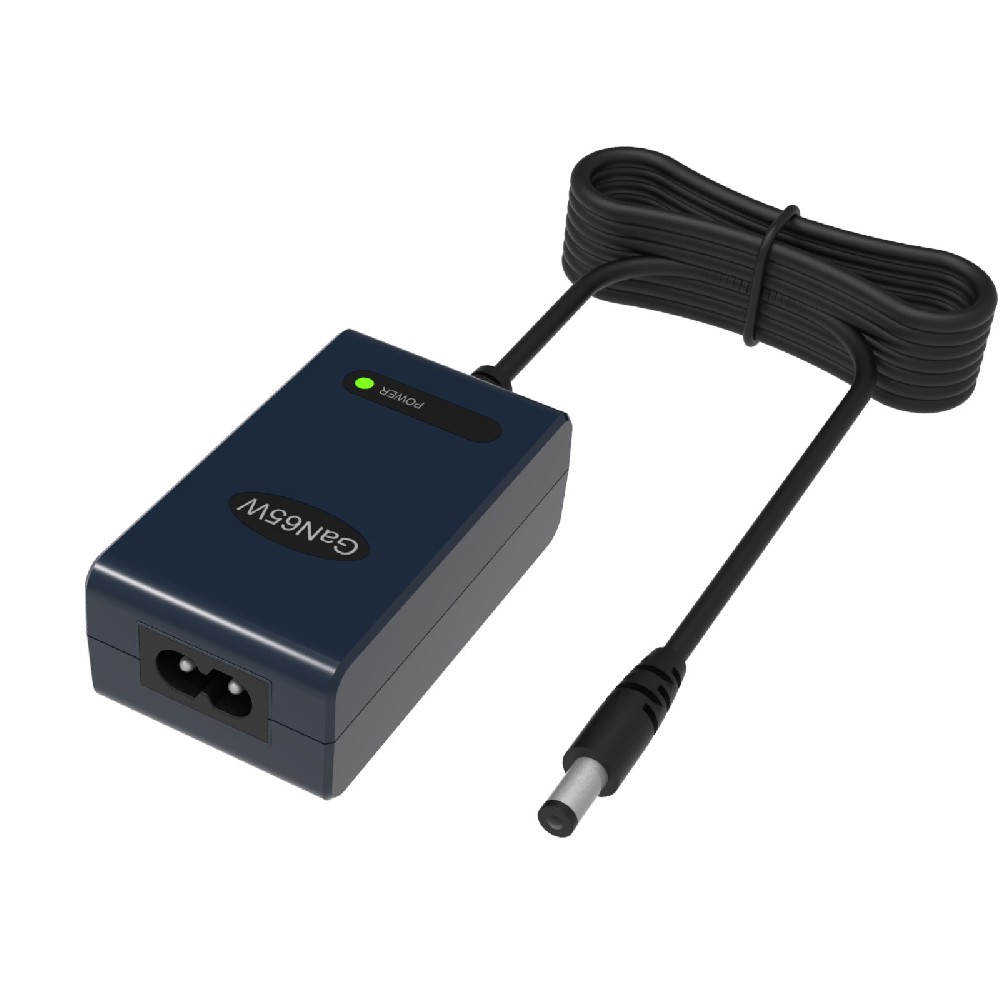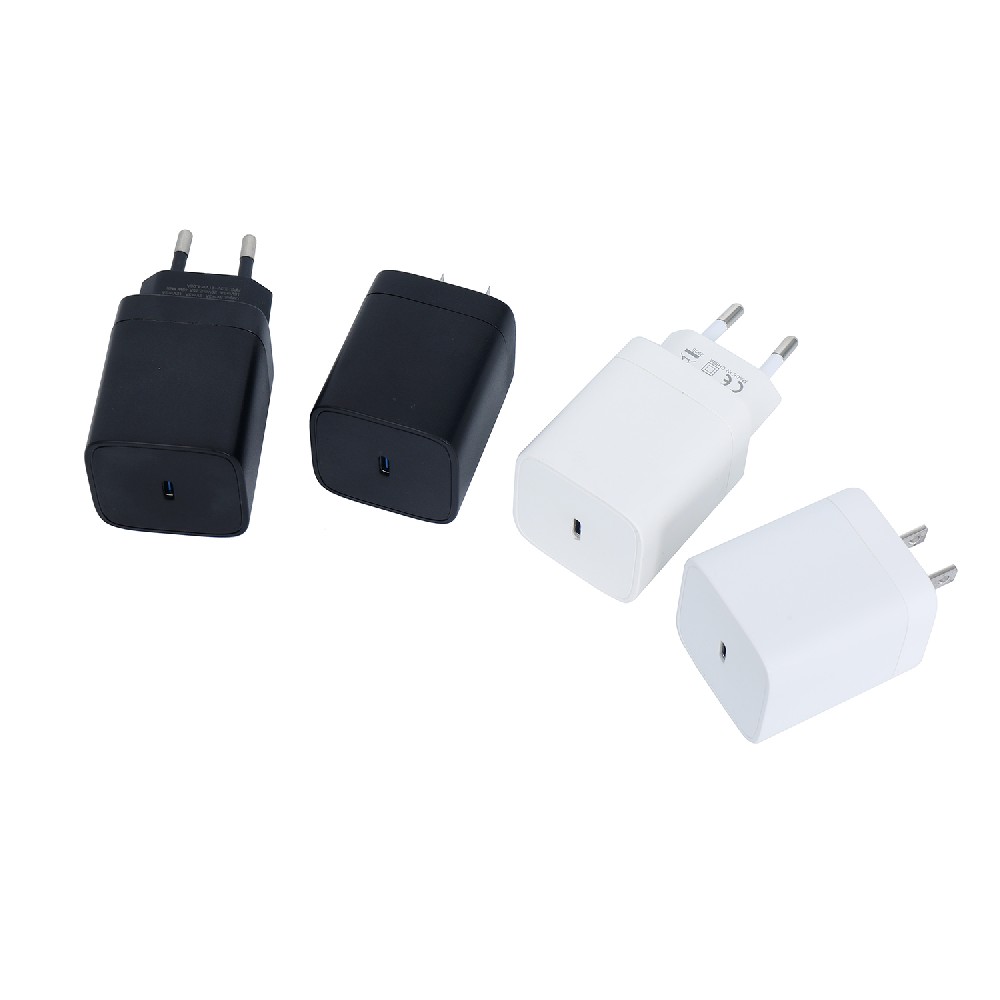Information Center
Unleashing the Power: The Importance of a Well-Designed Battery Charger Circuit for Your Electronic Devices
Published:2023-08-19 10:33:10 Author:Green WCND Views:63Battery Charger Circuit - Design and Operation

In today’s world, electronic devices have become a crucial part of our lives. Be it a mobile phone, laptop, or various other gadgets, they all need a reliable source of power to operate smoothly. One of the most critical components in powering these electronic devices is a battery, and a battery charger circuit is essential to ensure that the batteries are appropriately charged and ready for use.

A battery charger circuit is a device that is used to charge batteries in a controlled manner. It is a type of power supply that converts electrical energy from the mains to charge a rechargeable battery. There are various types of battery chargers circuits available in the market today. Some of the most common types of battery chargers are linear chargers, switching chargers, and pulse chargers.
The primary purpose of a battery charger circuit is to control the charging voltage and current during the charging process. This helps to prevent the battery from overcharging or undercharging, which can damage the battery. Overcharging can cause the battery to overheat and even explode, while undercharging can cause the battery to lose its capacity and become unusable.
The charging process of a battery charger circuit is divided into three stages: the constant current stage, the constant voltage stage, and the trickle charge stage. In the constant current stage, the charger circuit supplies a constant current to the battery until its voltage reaches a certain level. Once the battery voltage reaches a specific level, the charger circuit switches to the constant voltage stage. In this stage, the charger circuit supplies a constant voltage to the battery until it is fully charged. Finally, once the battery is fully charged, the charger circuit switches to the trickle charge stage that maintains the battery’s charge level and prevents it from discharging.
The design of a battery charger circuit depends on the type and capacity of the battery that needs to be charged. Some of the factors that need to be considered in the design process include the charging voltage, the charging current, and the charging time. The charging voltage needs to be set according to the battery’s voltage specifications, while the charging current needs to be set to a safe level depending on the battery’s capacity. The charging time needs to be carefully calculated to prevent overcharging or undercharging of the battery.
In conclusion, a battery charger circuit is an essential component in powering various electronic devices. It is designed to ensure that the batteries are appropriately charged and ready for use. The charging process is divided into three stages, and the design of the charger circuit depends on the type and capacity of the battery that needs to be charged. It is crucial to follow proper charging procedures to prevent any damage to the battery. A well-designed and reliable battery charger circuit is a vital component in ensuring optimal performance and longevity of electronic devices that rely on batteries for power.
IntroductionGolf carts serve as vital transportation tools on golf courses, and their performance and reliability are crucial for enhancing player experience an···
The battery pack is the heart of a golf cart, silently powering every acceleration and climb on the green. However, battery degradation often goes unnoticed, mu···
The battery pack is the heart of a golf cart’s power system, yet maintaining it has long been a challenge for technicians. Traditional troubleshooting methods—···
For golf course managers, ensuring smooth and efficient operations is crucial for providing a memorable experience for golfers and maintaining the reputation of···





